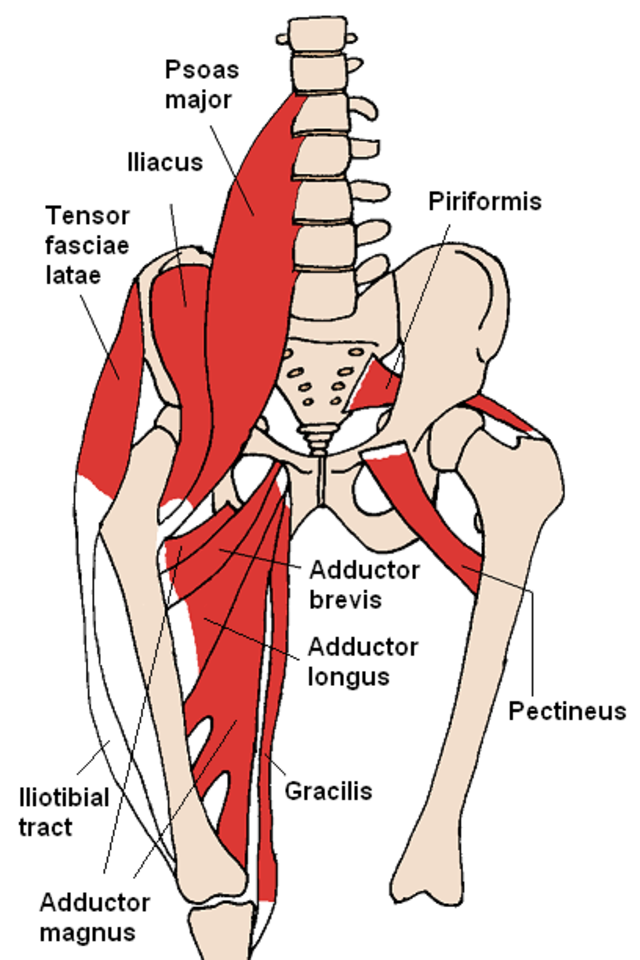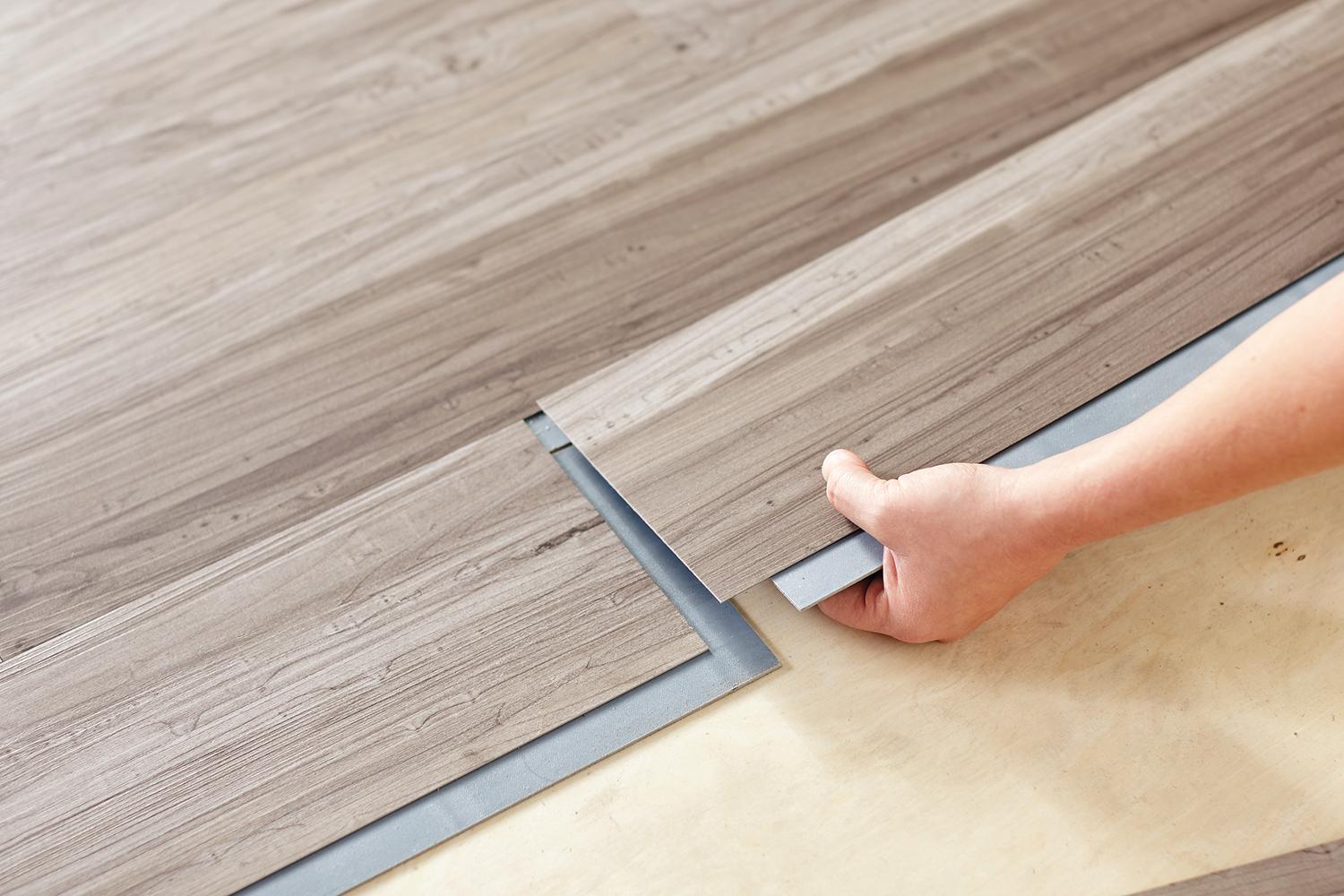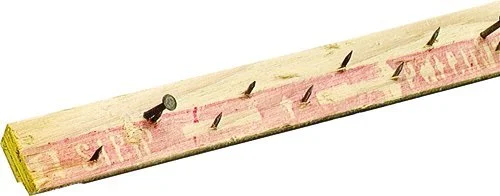Building a wall-mounted ballet barre for your home dance studio
/Building a home dance studio is a rewarding experience on it's own. In the end, you will have a space of your own to rehearse, practice, make mistakes, experiment, and train. Renting studio space elsewhere can quickly become expensive, and for those of us who take advantage of studio space when we can, building a home dance studio might be the best option. For classically trained dancers, having a barre is helpful for mastering many of the foundations of ballet and for strengthening the muscles that are so important for ballet. They are great for your children to be able to practice at home also!
The following tutorial is an explanation for how to set up your own ballet barre. The barre itself should be mounted on the wall close to the mirror if you already have a mirror in your home dance studio. This way you can see your form and technique as you practice. You will need the following materials:
- Ballet bar about 4 feet long (PVC, wood or metal)
- 2 brackets
- Wall anchors
- Screws
1. Measure the length of the studio space. PVC pipes, smoothly polished wood, or metal pipes are all good materials to build your bar, but the PVC and wood are the easiest to work with, but metal pipes are the sturdiest and safest. You will need the diameter to be 1.5 to 2 inches. Generally, pipes or wooden bars are sold in 10 feet long sections that can be cut in half by the shop. Home Depot, Menards, or any standard home improvement store will be able to do this for you.
2. Choose the height you will mount the bars. For the average adult, have the ballet bars installed three and a half feet above the floor. But the most important thing is to make sure that the height is appropriate for the dancer who will be the primary user of the studio. If in doubt, you could always purchase two bars and have one lower than the other mounted onto the same bracket.
3. Figure where the brackets need to be screwed into the wall. Measure three points on the wall at the height of your choice. Use a level to ensure that all three points are on the same plane, parallel to the floor. Mark the points and drill into the wall at these points. Use the drill bit that is equal to the diameter of the wall anchors. Insert the wall anchors - metal wall anchors are more sturdy and more stable. Use the appropriate wall anchors for dry wall or for wood.
4. Fix the bar with a screw that goes through the bracket. Brackets generally have a small hole into which you can drill a screw. Use this hole to affix the screw into the barre, and this will keep it from rotating when your hands are on the barre.
Once you have your own wall mounted ballet barre mounted, you'll be able to rehearse, strengthen, practice technique, and stretch on your own at any time!













